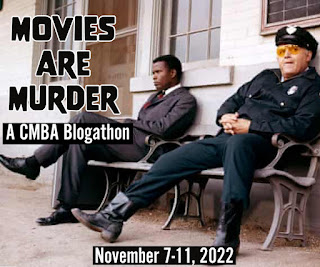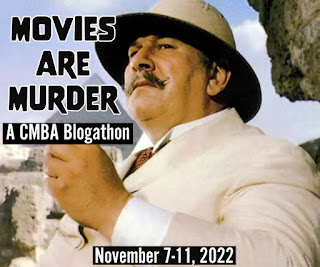Each month, the CMBA profiles a classic movie blog written by one of our members. This month, we’re featuring Ben Model, who writes at his self-titled blog.
CMBA: What makes a film a “classic” in your opinion?
Ben Model: I think timelessness is a big factor. A film whose story, filmmaking, and performances entertain and move viewers regardless of how long ago the picture was made. This is a tricky question because people of all ages have their own sense of how long ago a film was made in order to classify it as “classic,” but I think applying the term to anything made in the first half or two-thirds of the last century covers it.
CMBA: Why should people care about “old” black and white films, and about silent films in particular?
Ben Model: The entirety of cinema language was created and developed during the silent era, mainly from the early 1910s through the end of the 1920s. This is what I cover in the silent film course I teach at Wesleyan University. We watch how people making movies gradually developed visual storytelling in a way that gradually left more bits and pieces out of what was being shown and leaving it to us in the audience to fill these in. Silent movies are not merely “early film” – they are, in terms of when they were made, but primitive or underdeveloped they’re not. I believe silent cinema is its own medium, one with its own rules of expression, one where a key component is our imagination. There is much to be learned from the poetry-like elisions of information that allowed people of all ages anywhere on the planet to be able to understand and enjoy the same films in the 1910s and 1920s, and today as well.
CMBA: Is there a classic film or a silent short that you find yourself watching again and again?
Ben Model: Only in terms of when I accompany silent films for shows or educational programs. Keaton’s One Week is my go-to for first-timers, especially student groups from elementary through college. But I don’t have a “favorite film” or films that I watch – this is a question someone invariably asks me at nearly every show and every time I am interviewed.
CMBA: What classic films, silent or sound, do you recommend to people who may not have seen many older films?
Ben Model: My recommendation for silent films is usually Keaton shorts, or a feature like Steamboat Bill, Jr. (1928). Harold Lloyd’s films are great as well, although they’re best encountered in a theater with live music. For dramas, I’d recommend Douglas Fairbanks’s The Mark of Zorro (1920) and F. W. Murnau’s Sunrise: A Song of Two Humans (1927).
CMBA: What is most rewarding about blogging for you?
Ben Model: Blogging has been a great way for me to connect with fans – folks may know my work as a silent film accompanist-presenter – in long form, as opposed to the snippets you have to constantly feed with social media. It’s been a way to develop my teaching and writing skills. Getting an idea that’s floating around in my head somewhere out onto the page or screen has been a great way to define for me things I believe in as far as my understanding of silent film as well as with silent film scoring. The latter gets fleshed out in other ways in my “Silent Film Music Podcast,” which grew out of my blog 10 years ago. Last year I made a point of blogging a lot more regularly, and I published a series of 65 posts on my thoughts about the way the language of silent film works and how it unwittingly engages our imaginations to create its own world of slightly altered or enhanced realities. Having gotten that out of my system and into writing has enabled me to create a book called The Silent Film Universe, which I am hoping will be out next year.
-----------
We thank Ben for participating in our Q & A profile and encourage you to visit Ben Model's Blog!


















